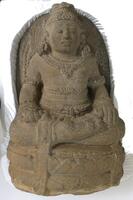23 UMMA Objects
23 UMMA Objects
![This stone dagger has a handle that is divided into two parts, separated from each other by a thinner band. The upper tier is smaller in length than the lower tier, which flares outward as it approaches the end. The tip of blade is broken off. In profile, the blade thickens in the center.<br />
<br />
Carved from stone, this dagger with a two-tier handle is missing only its tip. The cross section of the blade is rhomboid, while that of the handle is shaped like a convex lens. The dagger is of the later two-tier-handled type (<em>idanbyeongsik</em>), meaning that it probably dates from the end of the early Bronze Age or the beginning of the middle Bronze Age. Max Loehr (1903- 1988) was a German art historian specializing in East Asian art who taught at the University of Michigan from 1951 to 1960 as a professor.<br />
[Korean Collection, University of Michigan Museum of Art (2017) p.32] This stone dagger has a handle that is divided into two parts, separated from each other by a thinner band. The upper tier is smaller in length than the lower tier, which flares outward as it approaches the end. The tip of blade is broken off. In profile, the blade thickens in the center.<br />
<br />
Carved from stone, this dagger with a two-tier handle is missing only its tip. The cross section of the blade is rhomboid, while that of the handle is shaped like a convex lens. The dagger is of the later two-tier-handled type (<em>idanbyeongsik</em>), meaning that it probably dates from the end of the early Bronze Age or the beginning of the middle Bronze Age. Max Loehr (1903- 1988) was a German art historian specializing in East Asian art who taught at the University of Michigan from 1951 to 1960 as a professor.<br />
[Korean Collection, University of Michigan Museum of Art (2017) p.32]](/media/W1siZiIsIjIwMjIvMDUvMjUvMjhpaWV3MzJmbV9kZWZhdWx0LmpwZyJdLFsicCIsInRodW1iIiwiMjQweDIwMCJdXQ?sha=d2502c4cf43f3c8e)
Korean (Korean (culture or style))
Polished Stone Dagger
900 BCE – 701 BCE
Museum purchase from the collection of Max Loehr
1960/2.117
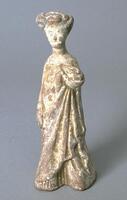
Chinese (Chinese (culture or style))
Court Lady
9th century
Gift of Willard A. and Marybelle Bouchard Hanna
1991/2.22

Japanese (Japanese (culture or style))
Buddha, standing (extremely worn)
800 – 999
Gift of Mrs. Caroline I. Plumer for the James Marshall Plumer Collection
1969/2.12
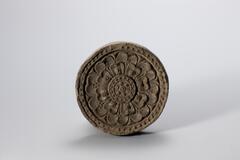
Korean (Korean (culture or style))
Roof-end tile with lotus design
676 – 935
On loan from the YooGeum Museum, Seoul, Korea
LTL2009.7.7
Chinese (Chinese (culture or style))
Camel with a Turkish Rider
500 – 899
Gift of George H. Forsyth and Ilene H. Forsyth
2018/1.307
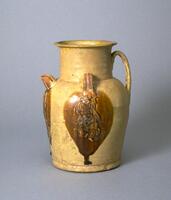
Chinese (Chinese (culture or style))
Ewer
9th century
Museum purchase made possible by the Margaret Watson Parker Art Collection Fund
1987/2.50
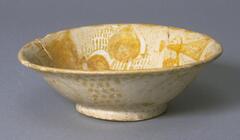
Iraqi
Bowl with figure holding goblet and flask
867 – 999
Museum purchase made possible by the Margaret Watson Parker Art Collection Fund
1961/1.187
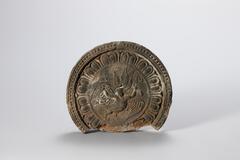
Korean (Korean (culture or style))
Roof-end tile with kalavinka design
676 – 935
On loan from the YooGeum Museum, Seoul, Korea
LTL2009.7.8
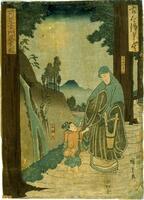
Utagawa Hiroshige (Japanese (culture or style))
Kokon Jôruri zukushi series: 'Ishidômaru' (Kûkai as a child)
1835 – 1845
Gift of Pearl Sellards
1985/1.180
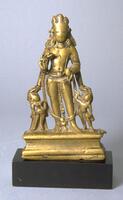
Indian (Indian (South Asian))
Vishnu with two attendants
9th century
Museum purchase, Acquisition Fund
1970/2.146
Loading…
